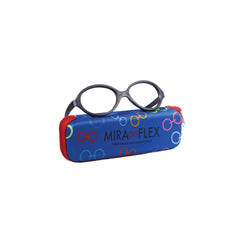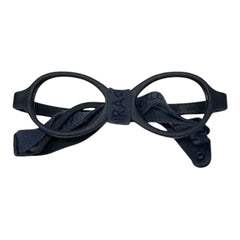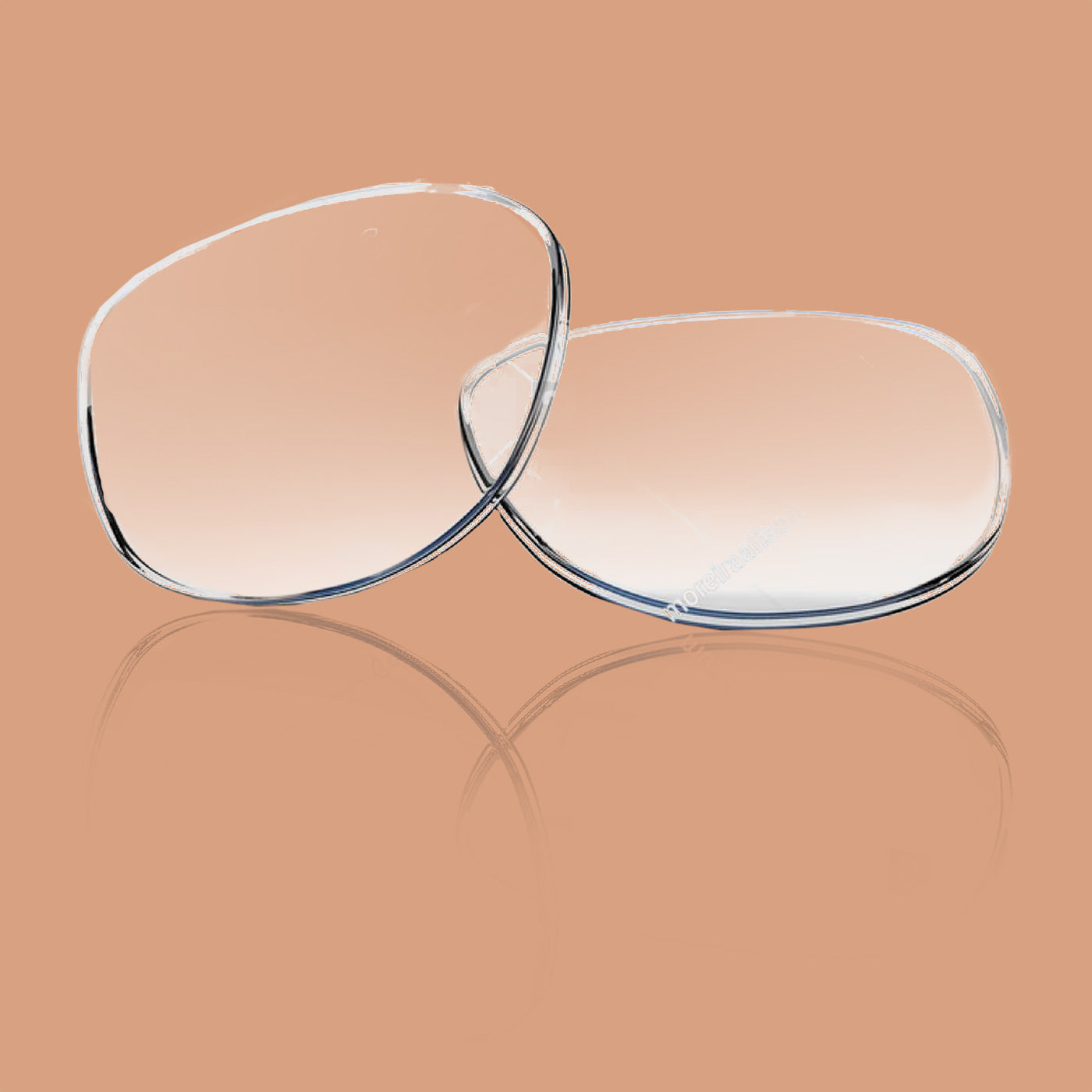Pupil distance, also known as interpupillary distance (IPD), is the distance measured in millimeters between the centers of the pupils of the eyes. It is an important measurement for vision and eyewear, as it helps determine the correct fit and prescription for glasses and contact lenses.
The average IPD for adults is around 62mm, but it can vary significantly from person to person. In fact, IPD can range from as low as 53mm to as high as 73mm, depending on factors such as age, gender, and ethnicity.
Why is IPD important for eyewear? When it comes to glasses or contact lenses, the distance between the pupils needs to be taken into account in order to ensure that the eyewear provides the correct focus and clarity. If the IPD is not properly accounted for, it can lead to distorted vision, eye strain, and discomfort while wearing the eyewear.
To measure IPD, a simple ruler or measuring tape can be used. The measurement is taken from the center of one pupil to the center of the other pupil, with the person looking straight ahead. It is important to use a consistent measurement method and to be as precise as possible in order to get an accurate IPD measurement.
In addition to helping with the fit and prescription of eyewear, IPD is also used in the field of virtual and augmented reality. In these technologies, IPD is used to help create a more realistic and immersive experience by accurately simulating the distance between the eyes.
Overall, pupil distance is a crucial factor to consider when it comes to vision and eyewear. By understanding and accurately measuring IPD, individuals can ensure that they have the correct eyewear to support their visual needs and comfort.

























